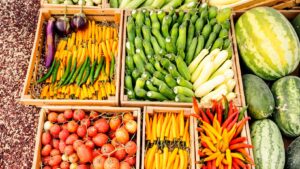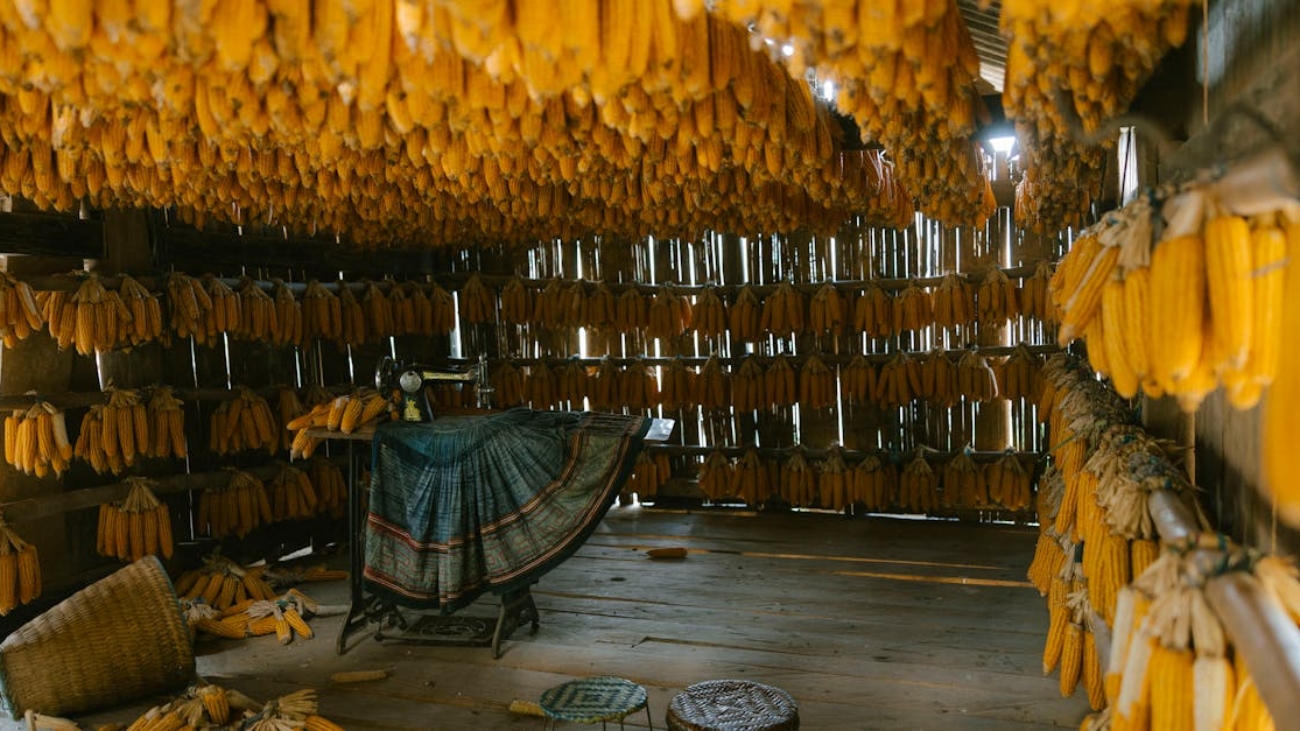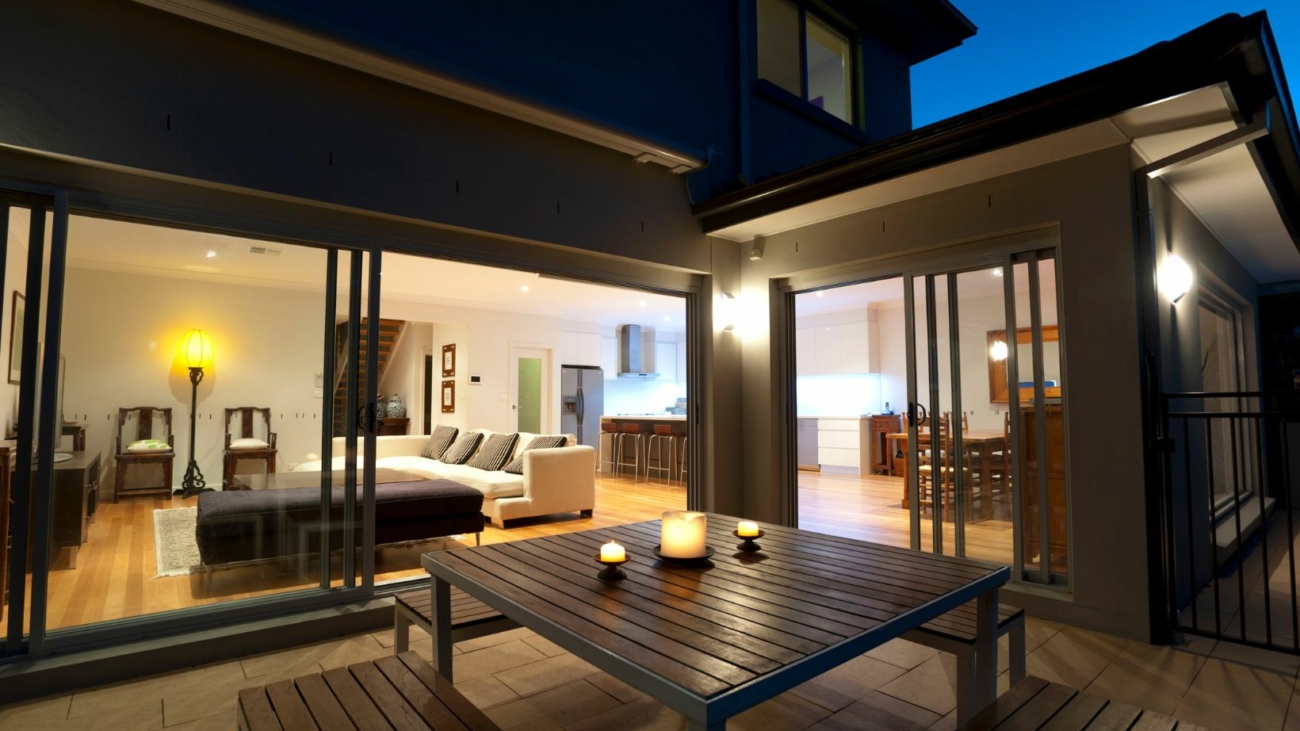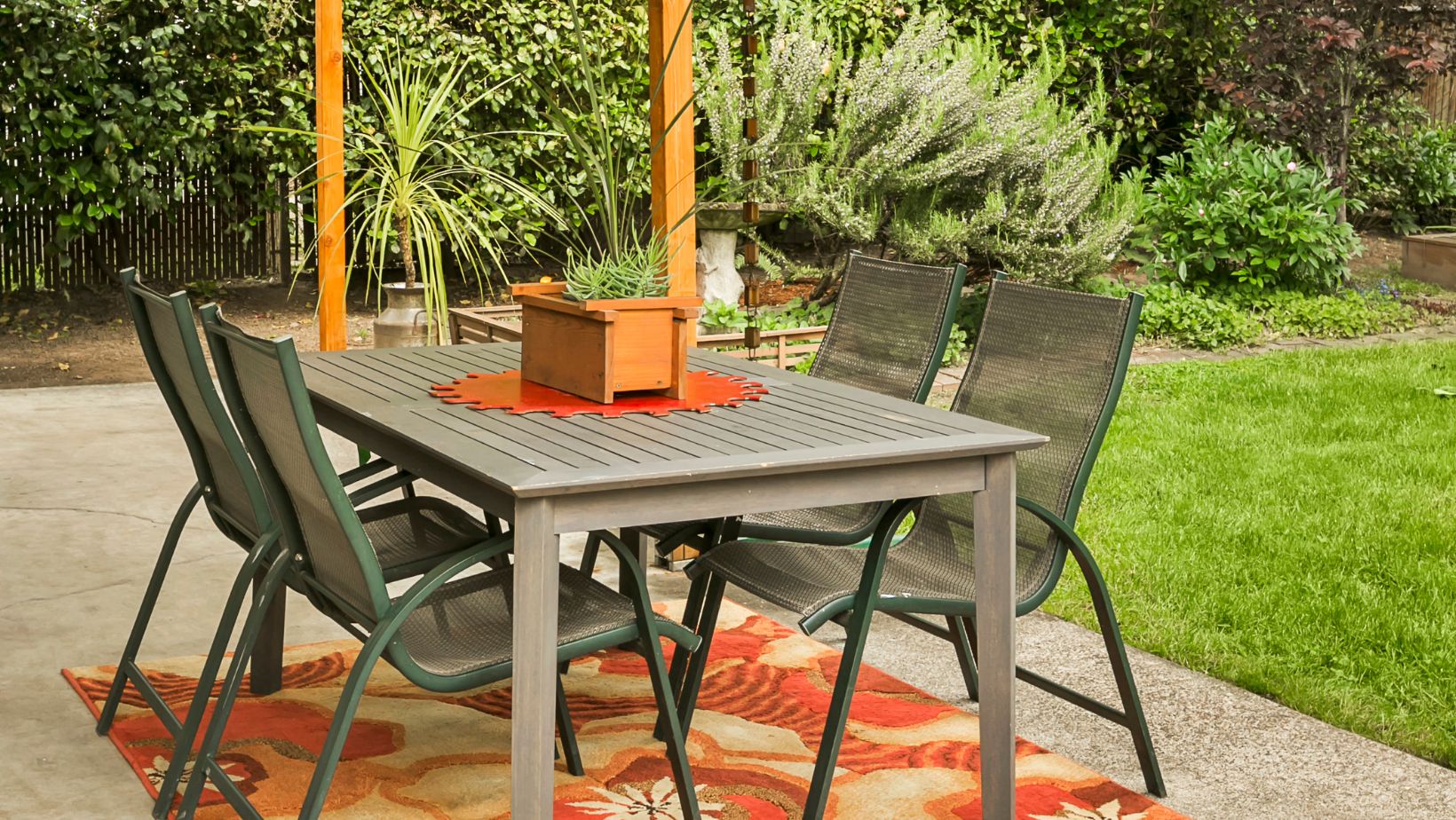Sustainable agriculture has emerged as one of the most critical fields of study in today’s environmentally conscious world. As global populations continue to grow and climate challenges intensify students are increasingly drawn to this forward-thinking major that combines environmental stewardship with innovative farming practices.
A sustainable agriculture major prepares students to tackle real-world challenges in food production natural resource management and environmental conservation. This interdisciplinary program blends traditional agricultural knowledge with modern ecological principles teaching students how to develop farming systems that are both productive and environmentally responsible. Graduates emerge ready to lead the agricultural industry’s transformation toward more sustainable practices while helping ensure food security for future generations.
Sustainable Agriculture Major
A sustainable agriculture major integrates ecological principles with modern farming techniques. This interdisciplinary program focuses on developing environmentally conscious agricultural practices while maintaining economic viability.
Core Courses and Curriculum
The sustainable agriculture curriculum combines scientific theory with hands-on field experience. Core courses include:
- Agricultural Economics & Business Management
- Soil Science & Conservation Methods
- Plant Biology & Crop Production Systems
- Integrated Pest Management
- Water Resource Management
- Agroecology & Ecosystem Services
- Organic Farming Practices
- Food Safety & Security
- Data Analysis: Interpreting soil tests climate patterns crop yields
- Technology Integration: Operating precision agriculture equipment GPS systems irrigation controls
- Resource Management: Planning water conservation soil preservation biodiversity maintenance
- Project Planning: Developing crop rotation schedules creating farm business plans implementing conservation strategies
- Scientific Methods: Conducting field research analyzing environmental impacts measuring sustainability metrics
- Agricultural Technology: Operating hydroponics systems greenhouse controls automated farming equipment
- Business Operations: Managing budgets marketing products maintaining regulatory compliance
- Problem-Solving: Addressing pest management challenges optimizing resource allocation improving crop resilience
| Skill Category | Proficiency Level | Industry Application |
|---|---|---|
| Technical Skills | Advanced | 75% of daily operations |
| Business Management | Intermediate | 60% of career roles |
| Scientific Analysis | Advanced | 80% of research tasks |
| Practical Field Work | Expert | 90% of farming operations |
Career Opportunities in Sustainable Agriculture
Sustainable agriculture majors enter a diverse job market with expanding opportunities across multiple sectors. The field offers positions in private industry, government agencies, non-profit organizations, research institutions, and entrepreneurial ventures.
Farm Management and Operations
Farm managers with sustainable agriculture expertise oversee eco-friendly farming operations at organic farms, regenerative ranches or urban agricultural facilities. These professionals manage crop rotation schedules, implement soil conservation practices, coordinate sustainable pest management programs, and supervise farm workers. Specific roles include Organic Farm Manager ($45,000-$75,000 annually), Ranch Operations Director ($55,000-$85,000 annually), and Urban Agriculture Coordinator ($40,000-$65,000 annually).
Agricultural Consulting
Agricultural consultants leverage their sustainable agriculture knowledge to advise farmers, businesses, and organizations on environmentally sound practices. They conduct site assessments, develop sustainability plans, and guide clients through organic certification processes. Common positions include Sustainability Consultant ($50,000-$90,000 annually), Organic Certification Specialist ($45,000-$70,000 annually), and Agricultural Technical Advisor ($40,000-$80,000 annually).
Research and Development
Research positions focus on developing innovative sustainable farming methods, improving crop varieties, and enhancing soil health management techniques. These roles exist in universities, government agencies, and private agricultural companies. Key positions include Agricultural Research Scientist ($55,000-$95,000 annually), Plant Breeding Specialist ($50,000-$85,000 annually), and Sustainable Systems Analyst ($45,000-$80,000 annually).
| Position Category | Entry-Level Salary Range | Senior-Level Salary Range |
|---|---|---|
| Farm Management | $40,000-$55,000 | $65,000-$85,000 |
| Agricultural Consulting | $45,000-$60,000 | $75,000-$90,000 |
| Research & Development | $45,000-$65,000 | $80,000-$95,000 |
Top Universities Offering This Degree
 Leading academic institutions across the United States provide comprehensive sustainable agriculture programs that combine theoretical knowledge with practical experience. These universities maintain strong partnerships with research facilities agricultural organizations to enhance learning opportunities.
Leading academic institutions across the United States provide comprehensive sustainable agriculture programs that combine theoretical knowledge with practical experience. These universities maintain strong partnerships with research facilities agricultural organizations to enhance learning opportunities.
Admission Requirements
Top sustainable agriculture programs require:
- Minimum GPA of 3.0 in high school coursework
- SAT scores above 1200 or ACT scores above 25
- Two letters of recommendation from science or math teachers
- Personal statement highlighting environmental stewardship experience
- Completion of advanced biology chemistry courses
- Demonstrated interest in agricultural sustainability through extracurricular activities
Program Costs
Annual program expenses vary by institution:
| University Type | Tuition (In-State) | Tuition (Out-of-State) | Additional Fees |
|---|---|---|---|
| Public Universities | $10,000-15,000 | $25,000-35,000 | $2,000-3,000 |
| Private Universities | $35,000-45,000 | $35,000-45,000 | $3,000-4,000 |
Additional expenses include:
- Laboratory fees: $500-1,000 per semester
- Field trip costs: $200-400 per semester
- Required equipment supplies: $600-800 annually
- Agricultural internship program fees: $1,200-1,500 per summer session
- Merit-based scholarships from agricultural organizations
- Federal grants specific to agricultural studies
- Work-study programs on university farms
- Research assistantships starting sophomore year
Hands-On Learning Experiences
Sustainable agriculture programs integrate practical field experience with classroom learning through structured internships research projects. These experiential components provide students with real-world exposure to agricultural operations environmental management techniques.
Required Internships
Students complete 400-600 hours of supervised internships at sustainable farms organic operations research stations. Internship placements include:
- Organic vegetable farms focusing on crop rotation soil management techniques
- Livestock operations implementing rotational grazing systems
- Agricultural research stations conducting sustainability trials
- Food cooperatives managing local distribution networks
- Non-profit organizations developing community farming programs
The internship requirements feature:
- Weekly documentation of farming activities through field journals
- Monthly progress reports analyzing sustainable practices
- Final presentation demonstrating acquired skills knowledge
- Professional evaluations from site supervisors
- Academic credit based on hours completed performance metrics
Research Projects
Students conduct independent research projects focusing on critical aspects of sustainable agriculture:
Research Areas:
- Soil health optimization through organic amendments
- Water conservation irrigation efficiency studies
- Integrated pest management techniques
- Climate-resilient crop variety trials
- Renewable energy applications in farming
Project Components:
- Data collection analysis over 2-3 growing seasons
- Field experiments in university research plots
- Laboratory testing of soil water samples
- Documentation of methodology results
- Presentation at agricultural conferences symposiums
| Component | Duration | Deliverable |
|---|---|---|
| Literature Review | 4-6 weeks | Research proposal |
| Field Work | 2-3 seasons | Data collection |
| Analysis | 8-10 weeks | Research paper |
| Presentation | 1 week | Conference talk |
Impact on Modern Farming
Sustainable agriculture majors drive transformative changes in modern farming practices through innovative approaches to food production and resource management. Their expertise shapes agricultural systems that balance productivity with environmental stewardship.
Environmental Benefits
Sustainable agriculture practices reduce environmental degradation through targeted conservation methods:
- Decreased chemical inputs by 40-60% through integrated pest management techniques
- Enhanced soil fertility through cover cropping rotations affecting 15-20% more nutrient retention
- Reduced water consumption by 30% through precision irrigation systems
- Increased biodiversity with 25% more beneficial insects species in sustainable farming plots
- Lower greenhouse gas emissions by implementing carbon sequestration practices that store 2-3 tons of carbon per acre annually
Economic Advantages
Sustainable farming methods create measurable economic benefits for agricultural operations:
| Economic Metric | Traditional Farming | Sustainable Methods | Improvement |
|---|---|---|---|
| Operating Costs | $600/acre | $450/acre | 25% reduction |
| Crop Resilience | 60% survival rate | 85% survival rate | 42% increase |
| Market Premium | Base price | +15-20% premium | 20% increase |
| Water Costs | $200/acre | $140/acre | 30% reduction |
| Soil Amendment Costs | $150/acre | $90/acre | 40% reduction |
- Reduced input costs through natural pest control methods
- Enhanced crop value through organic certification programs
- Improved long-term soil productivity reducing fertilizer expenses
- Diversified income streams from multiple crop rotations
- Increased market access through sustainable certification programs
Transforming Modern Farming Practices
A sustainable agriculture major stands at the forefront of transforming modern farming practices and addressing critical environmental challenges. This comprehensive field of study opens doors to diverse career opportunities while equipping graduates with essential skills for promoting environmentally conscious food production.
Through rigorous academic coursework hands-on experience and research opportunities students emerge prepared to make meaningful contributions to global food security and environmental conservation. The growing demand for sustainable agriculture expertise coupled with competitive salary potential makes this an attractive career path for those passionate about combining agricultural innovation with environmental stewardship.


 Optimizing small outdoor areas requires thoughtful furniture selection and careful plant choices. These elements enhance the functionality and aesthetics of any compact space.
Optimizing small outdoor areas requires thoughtful furniture selection and careful plant choices. These elements enhance the functionality and aesthetics of any compact space.